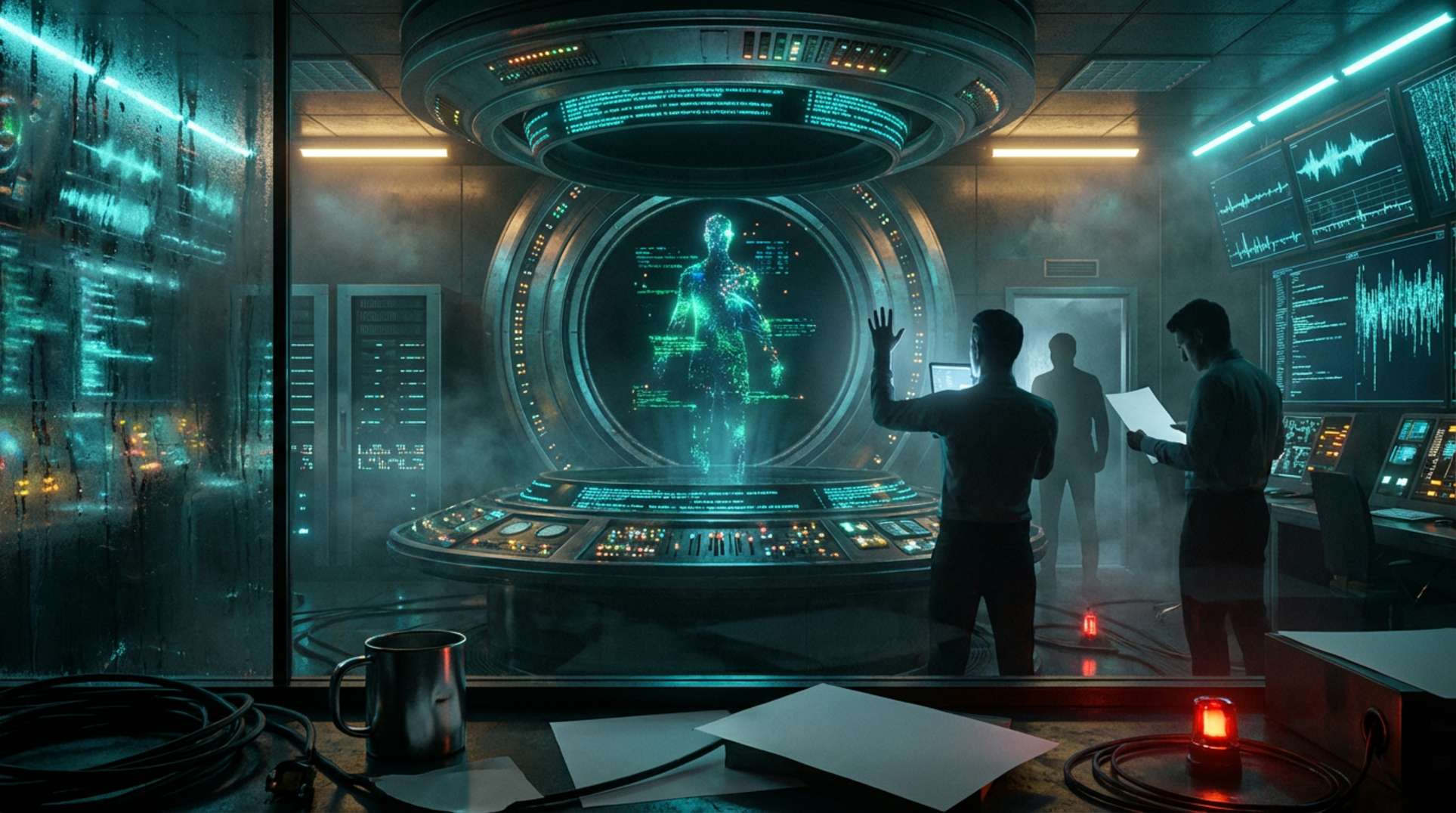In 2025, Netflix’s “Monster: The Ed Gein Story” sparked a fresh fascination with the infamous serial killer from Plainfield, Wisconsin. While the streaming giant showcases high production value and an all-star cast, critics argue the show distorts facts into spectacle, overshadowing what truly made Ed Gein one of history’s most disturbing criminals (Rolling Stone). The result: a disturbing, oddly sympathetic portrait thick with inaccuracies and missed contextual opportunities.
Netflix’s Monster: Between Fact, Fiction, and Exploitation
Reviewers such as Rolling Stone and The Guardian contend that the series, led by Ryan Murphy, takes liberties: fabricating interviews, exaggerating Gein’s cultural impact, and sensationalizing his relationship with his mother Augusta beyond historical evidence. Netflix urges viewers to “sympathize” with Gein, portrayed by Charlie Hunnam, even though the show dwells on lurid details. Gein lived as a reclusive farmhand under the shadow of a domineering parent, but Netflix invents or amplifies much, including unmapped events in police files. This scenario reflects how popular myth and horror media fusion permeates reality, akin to nuanced analyses seen in myth-versus-history reporting or debates on technological regulation in AI risk narratives.
The Disturbing Facts: Grave Robbing, Murder, and Macabre Crafts
The grim reality, documented in Britannica and exhaustive police records, is more nightmarish. Ed Gein murdered two women—Mary Hogan and Bernice Worden—between 1954 and 1957. However, his grave robbing and the grotesque trophies found in his farmhouse riveted investigators and shocked the nation. Gein’s home held masks and furniture crafted from human skin, stitched body parts, and grim keepsakes. Despite Netflix’s dramatic embellishments (and, at times, misplaced humor), the evidence indicated a pathological obsession stemming from Gein’s isolated upbringing, psychological trauma, and disturbed fixation on his deceased mother.
For a penetrating account of similar convergences between fact and obsession, see this investigative history feature—a reminder that reality often surpasses fiction, especially in America’s rural heartland.
How the Real Ed Gein Rewired American Horror
Netflix’s show accurately identifies the Butcher of Plainfield’s significant influence on pop culture, but the true impact goes deeper. Gein’s crimes inspired Norman Bates in “Psycho,” Leatherface in “The Texas Chain Saw Massacre,” and Buffalo Bill in “The Silence of the Lambs.” As Rolling Stone and academic reviews assert, screenwriters and psychologists remain fascinated by how one man’s crimes could birth numerous cultural nightmares. However, the show blurs fact and invention, dramatizing motives (like cannibalism and necrophilia) never fully substantiated by historical records. This convergence of hype and horror is not unique, as explored in speculative reporting on media-driven mystery narratives and cycles of public anxiety.
What Netflix Misses: Mental Illness, Justice, and the Lure of Macabre Myth
To its credit, “Monster” attempts to immerse the viewer in Gein’s world—an environment steeped in isolation, trauma, and religious extremism. Yet, experts emphasize that Netflix neglects the most crucial truth: Ed Gein was declared insane, spending his days in psychiatric institutions, not prison. Importantly, there’s no evidence he killed anyone except Hogan and Worden, despite the show’s implications of a higher body count and influence over other killers. Often, the drama prioritizes shock—and viewer engagement—over nuanced history. The real Ed Gein’s legacy, explored in neuropsychological reviews and archival crime coverage, remains one of enduring public obsession, distorted by pop culture and the digital age’s binge-watching culture.
For more in-depth explorations of where fact meets speculation, archival footage, and reporting that rigorously separates fiction from reality, explore Unexplained.co. As collective memory blends with entertainment, distinguishing the historical Gein from Netflix’s monster becomes increasingly vital.





